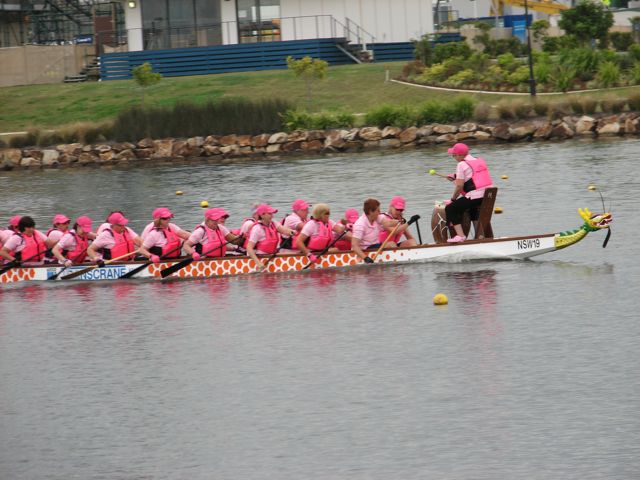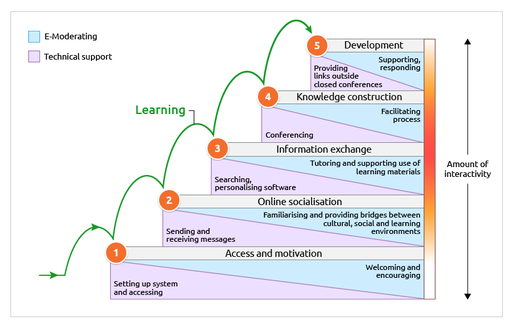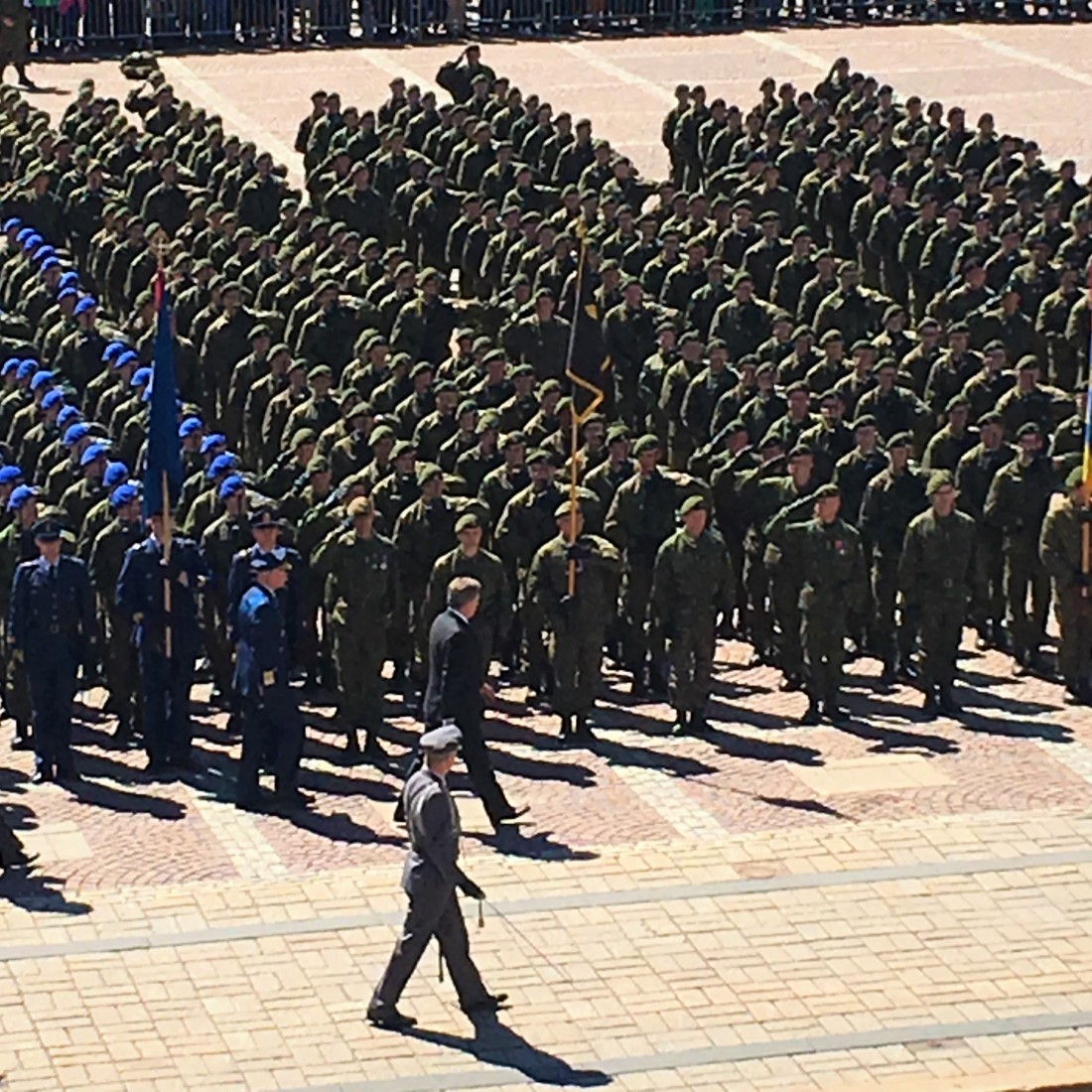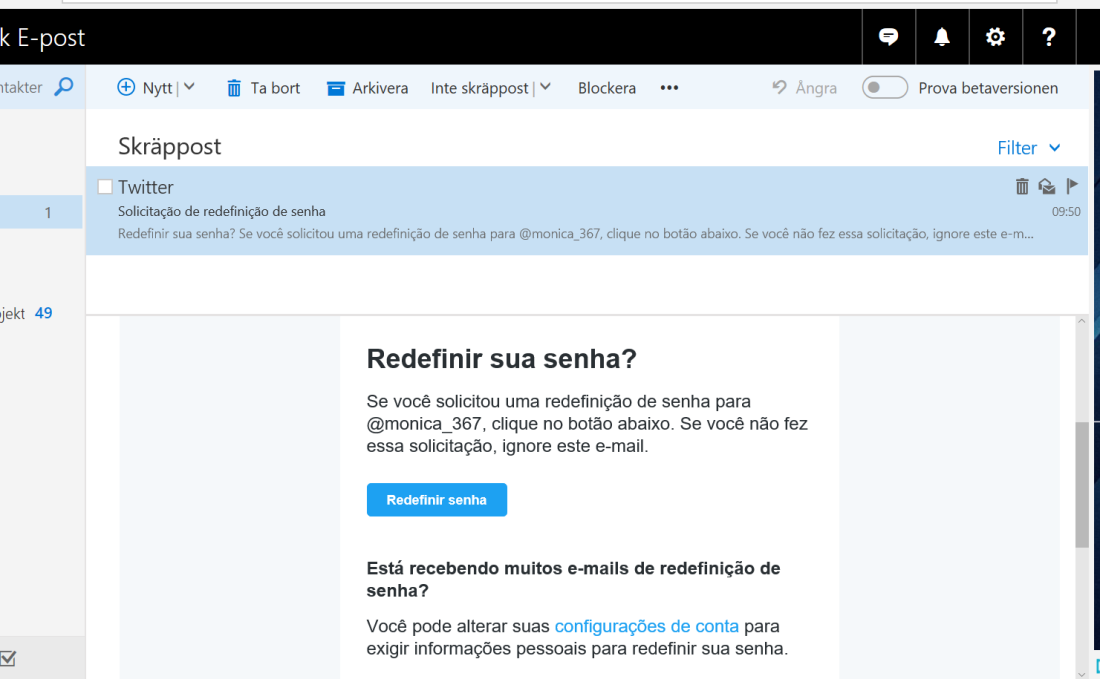When I in September started the ONL172 journey, I knew it was not going to be a slow walk in the park. I knew it would require some hard work, spending a lot of time on reading, searching and finding information, trying out new tools and experiencing the frustration of technical problems with computers and networks. I knew it. Even so, it struck me with surprise that there was more of this than I expected! However, as I was expecting this, I was prepared and calmed myself down – and gave it another go, although, I only wanted to simply drop everything. Therefore, I can say that I did develop as a learner in many levels; I learnt new tings and reflected on my own behavior and growth.
Well what did I learn then, that will now show in my work, as changed behavior or new routines? Many things I would answer. But I will only concentrate on a couple of things that might be useful for others to consider as well. From the broad material, I have familiarized myself with during the course I have found my own “pearls”. Gilly Salmon’s “5 stage model” is definitely one, and the other is Biggs’ Model of Constructive Alignment. Combining the wisdoms in these two models and following the steps, then the course design cannot go wrong.
By following these steps, you start with putting some effort in the planning and the design from the very beginning. You start by asking, “What is the preferred outcome?” Another question could be “Where do we want to go, what is our goal?”

Moreover, if you focus on that all the way through the course, through the activities and assignments you will keep on track. Every minute you spend on planning and designing, by keeping your focus on the outcome will help you getting there faster. Also by putting effort in the technical details, e.g. always testing your assignments on somebody first, checking that your links work and that the technical support is easy to get – this will in the end save you so much time. In addition, maybe even more importantly, it will spare you from unnecessary fuzz, which in worst-case scenario makes students drop out from the course in pure frustration. That is something we want to avoid.
As Maria Forss summarizes it in her blog post, there are 5 things to consider when designing and running an online course. Actually, this applies to all courses. The course needs meet the following criteria:
- Does it have a clear structure
- Is the course content interesting and relevant
- Do participants have a feeling of belonging
- Do assignments challenge to think
- Is the course constantly developing
From now on, this “check list” will be very central in my planning. Also, one last thing to humbly remember, everybody needs feedback on the way. For a successful outcome, there has to be a course leader to guide the way, throughout the course. Someone who will see that all are on track, who will correct possible uprising misunderstandings and who will motivate with interesting challenges. This will easily be done by continuous feedback, encouraging comments and some surprising elements – maybe by posting a funny quiz occasionally. And keep the development going on by pointing out new voluntary reading (or videos or pod casts) on the way.
***
Refrences:
Biggs J. (2003) Model of Constructive Alignment in Curriculum Design. Available from: http://www.ucdoer.ie/index.php/Using_Biggs%27_Model_of_Constructive_Alignment_in_Curriculum_Design/Introduction Accessed 1.12.2017
Maria Forss (2017). Available from: http://www.eamk.fi/fi/digipolytys/5-saker Accessed 1.12.2017
Salmon G. Available from: https://www.gillysalmon.com/five-stage-model.html Accessed 1.12.2017




 I almost gave up, I got so tired of seeing “Hmmm…can’t reach this page” and “An error occured”. But then I realized, it is mostly technical problems that needs to be solved. I simply need to get them fixed. And also learn to be better finding my way in the digital jungle. That’s digital literacy, right.
I almost gave up, I got so tired of seeing “Hmmm…can’t reach this page” and “An error occured”. But then I realized, it is mostly technical problems that needs to be solved. I simply need to get them fixed. And also learn to be better finding my way in the digital jungle. That’s digital literacy, right.



